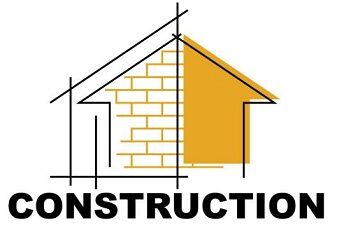Easier to install than a copper installation, PER plumbing is within the reach of any good DIYer and this accessibility helps reduce the construction costs of your house. Let yourself be guided step by step to install the plumbing in your future home.
Installing your plumbing: what are we talking about?
If implementing a PER plumbing network requires less technique than a copper network, it is nevertheless important to anticipate its implementation to guarantee a successful plumbing installation
The location must be defined according to the configuration of your future home . Once this step has been completed, you will need to design the installation and equip yourself with the right plumbing equipment.
The necessary plumbing equipment
Note that there are different diameters of plumbing pipes . For a sink and a toilet, generally count on a pipe of 12 mm in diameter, 16 mm in diameter for the sink, the washing machine, the shower and the bath and aim for a diameter of 20 mm for the water tank. Hot water.
Beyond the quantities and diameters, you will also need to define the type of PER tubes according to your needs. Several classes of PER exist:
class 0 is suitable for traditional heating with water circulating at 90°C and subject to a pressure of 4 bars.
class 2 is rather recommended for low temperature heating (50°C and 6 Bars).
The ECFS class is perfect for the distribution of hot and cold water for sanitary facilities (60°C – 6 bars).
How to design your plumbing installation?
Before you get started, keep in mind that your home’s plumbing network is made up of 2 collectors (also called “plumbing feeders” ): one for hot water and one for cold water. It is to these collectors that the PE pipes will be attached from the distribution points.
This is a “hydraulic octopus” type installation: from the collectors (corresponding to the “head”), the “tentaces” will cross the house by the shortest route, to attach themselves to the distribution points .
To limit plumbing connections – and therefore the risk of leaks – it is recommended to run a cold water and hot water supply pipe per piece of equipment – i.e.:
1 hot water pipe and 1 cold water pipe for the shower,
2 others for the bathtub,
2 others for the WC
and another 2 for the sink.
Finally, note that the main water supply in the house is connected to the cold water collector which supplies the network and the water heater. Once the water is heated, it will be redistributed via the collector responsible for supplying the hot water pipes.
Good to know: Take the time to draw up plans for your sanitary plumbing installation before getting started. The more you anticipate, the simpler the implementation will be!
How to install plumbing pipes?
The idea is to direct the PER pipes towards the collectors, by the shortest route.
To preserve them as much as possible, it is advisable to start from the distribution points towards the hot and cold water collectors and to cross the pipes in a slight curve. This type of plumbing installation will allow the pipe to expand easily.
Consider drilling into the walls to get them through. On the ground, tackle them and hold them using jumpers. Be careful to preserve the protective sheath and not to deform it.
How to connect plumbing pipes?
Once the pipes have left the distribution points and arrived at the collectors, it is time to connect them.
Close the shut-off valves and remove the connection point caps before inserting each pipe. Release the sheath, locate the cut and cut. All that remains is to install and secure the pipe with its fitting. Your plumbing is ready to work!

